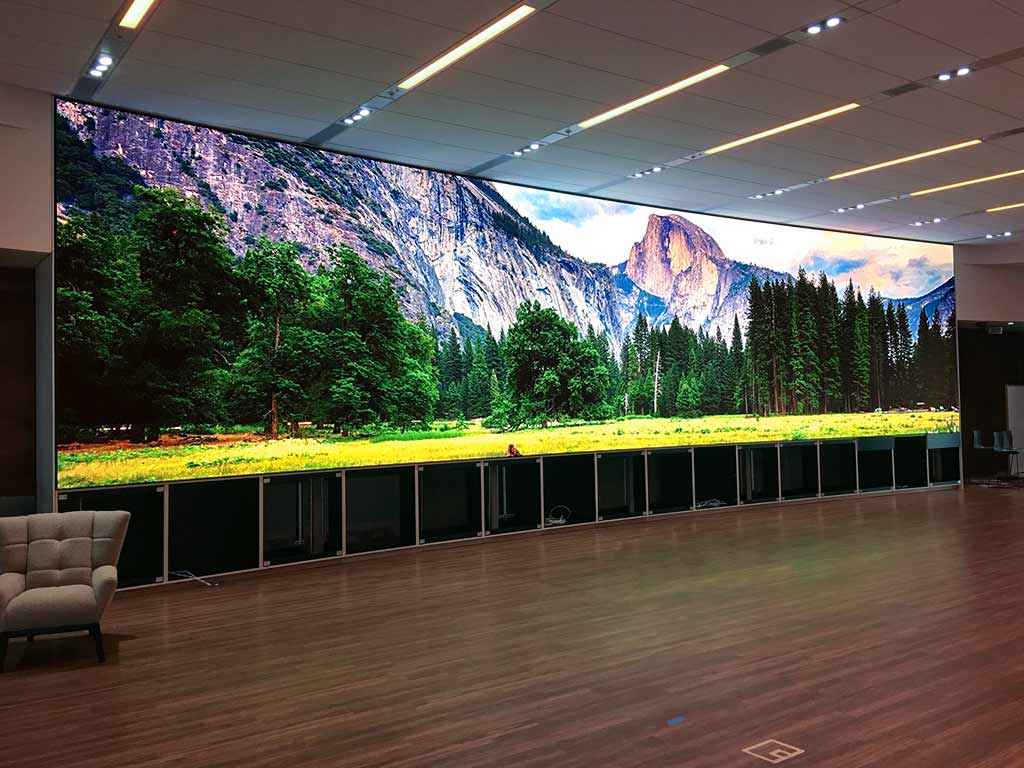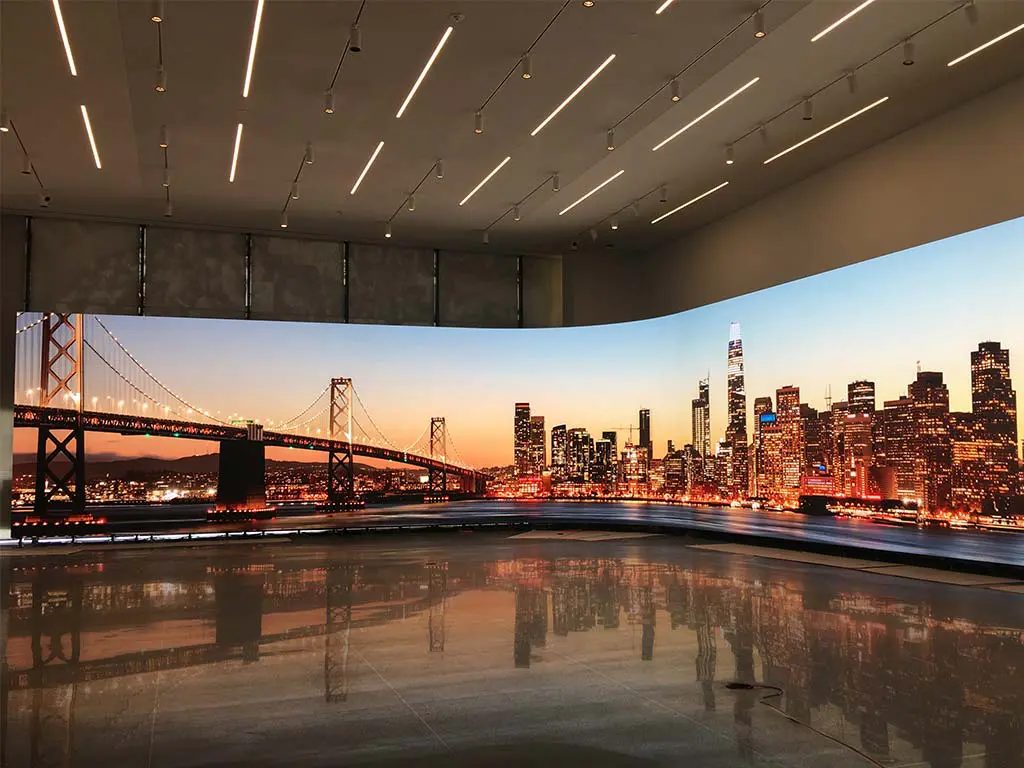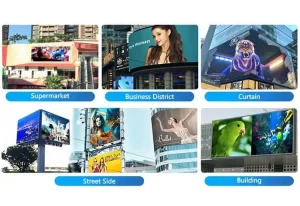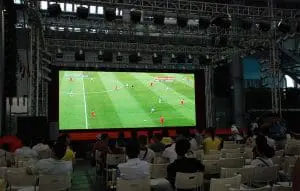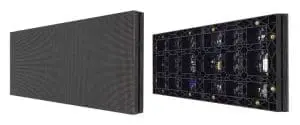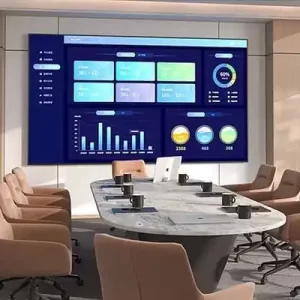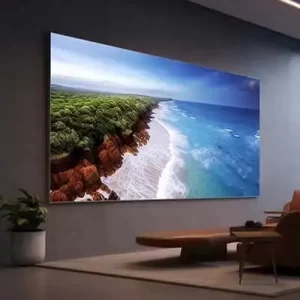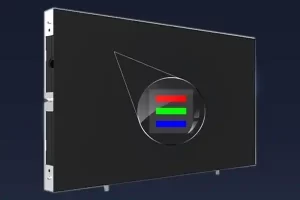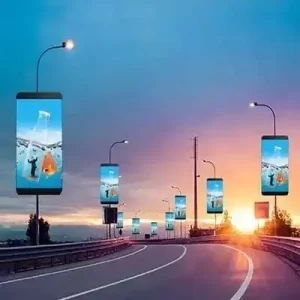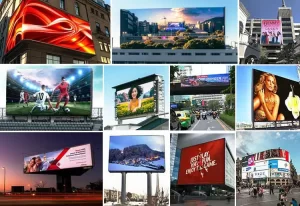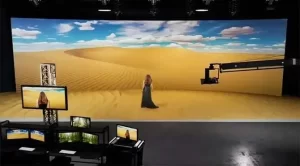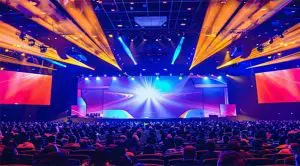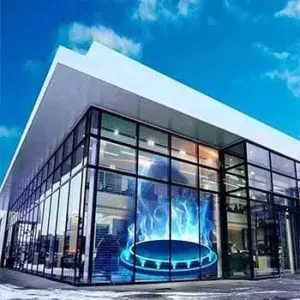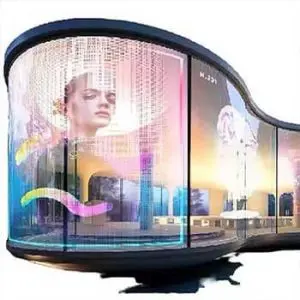An LED screen is a modern visual display technology that uses Light-Emitting Diodes (LEDs) to create bright, vibrant, and energy-efficient visuals. From massive outdoor billboards and stadium displays to fine-pitch indoor panels for retail and conferences, LED screens are transforming how we convey information and captivate audiences. Their versatility, durability, and ability to deliver high-quality images make them a go-to solution across industries.
This article explores the features, benefits, applications, and key factors to consider when choosing an LED screen for your needs.
What Is an LED Screen?
An LED screen is made up of thousands (or millions) of tiny LED lights that emit light when an electric current passes through them. These LEDs are arranged in a grid (modules) to form larger displays capable of showing videos, images, or animations. Depending on the technology and size, LED screens range from small indoor displays to gigantic outdoor video walls.
Features of LED Display Screens
1. Brightness and Visibility
LED Displays deliver exceptional brightness, ensuring they remain visible even in direct sunlight for outdoor applications. Indoor screens are optimized for controlled lighting environments.
2. High Resolution
With advanced pixel pitch options, LED screens offer crisp and clear visuals for both close and long-distance viewing. Fine-pitch screens (e.g., P1.5 or P2.0) are ideal for high-detail content.
3. Durability
Outdoor LED screens are weatherproof, with IP-rated protection against dust, water, and extreme temperatures, ensuring long-term reliability.
4. Modular Design
LED screens are composed of modular panels, allowing for customizable shapes and sizes to fit any space or creative requirement.
5. Energy Efficiency
Compared to traditional display technologies, LED screens consume less power, making them an eco-friendly and cost-effective option.
6. Wide Viewing Angles
Modern LED screens maintain consistent brightness and color accuracy across wide viewing angles, ensuring all viewers have the same experience.
7. Real-Time Content Management
Most LED screens include software for remote content control, enabling users to update messages, schedules, and visuals in real-time.
Benefits of LED Displays
1. High Impact
LED screens deliver vibrant visuals that capture attention instantly, making them ideal for advertising, promotions, and events.
2. Versatility
Whether for indoor or outdoor use, LED screens can adapt to various applications, including retail, entertainment, public spaces, and corporate settings.
3. Long Lifespan
With lifespans of up to 100,000 hours, LED screens are a durable investment, requiring minimal maintenance over time.
4. Cost-Effectiveness
While the initial investment may be higher, the energy efficiency, durability, and reusability of LED screens make them cost-effective in the long run.
5. Seamless Integration
LED screens can be integrated into smart ecosystems, allowing for interactive features, live data feeds, or synchronized multi-screen setups.
Applications of LED Video Wall
1. Advertising and Marketing
- Billboards: Large outdoor LED displays for high-visibility advertising.
- Retail Displays: Showcase promotional content and attract customers in storefronts and malls.
2. Events and Entertainment
- Concerts and Festivals: LED walls serve as stage backdrops or live-feed screens.
- Sports Arenas: Display live game action, scores, and advertisements.
3. Corporate and Education
- Conference Rooms: Fine-pitch LED screens for presentations and video calls.
- Lecture Halls: Display educational content or live-stream lectures.
4. Transportation and Public Spaces
- Airports and Train Stations: Provide schedules, announcements, and advertisements.
- Smart Cities: Deliver public safety messages, traffic updates, or commercial content.
5. Control Rooms
- High-resolution LED panels are used in security, utilities, and traffic management to display real-time data and visuals.
6. Creative Installations
- Art and Media: LED Panels are used in museums, galleries, and exhibitions to create immersive digital experiences.
- Interactive Displays: Touch-enabled screens in malls or events engage users directly.
Types of LED Display Screen
1. Indoor Screens
- Designed for controlled environments like malls, conference rooms, or retail stores.
- Fine pixel pitch for high resolution and close viewing distances.
2. Outdoor Screens
- Built to withstand weather conditions with higher brightness levels for visibility in sunlight.
- Used for large-scale advertising, stadiums, or public announcements.
3. Transparent Screens
- Lightweight and semi-transparent, ideal for futuristic displays on glass surfaces.
- Popular in retail and architectural installations.
4. Curved Screens
- Flexible panels that can be configured into curved or cylindrical shapes.
- Used in creative stage designs and immersive spaces.
5. Floor Screens
- Durable panels designed for interactive or visual effects on stage floors or event spaces.
Factors to Consider When Choosing an LED Screens
1. Purpose and Application
Define the primary use case (e.g., advertising, presentations, live events) to determine the size, resolution, and brightness required.
2. Pixel Pitch
Pixel pitch determines the resolution and clarity of the screen.
- Fine Pitch (P0.6–P2.5): Suitable for close viewing indoors.
- Medium Pitch (P3–P6): Ideal for larger indoor displays or outdoor screens visible from mid-range distances.
- Wide Pitch (P8–P10+): Best for large outdoor billboards viewed from far away.
3. Brightness
- Indoor screens: 400–1,500 nits for optimal performance.
- Outdoor screens: 3,000–10,000 nits to ensure visibility in bright sunlight.
4. Durability
For outdoor use, choose weatherproof screens with an IP67+ rating for protection against the elements.
5. Size and Shape
Modular LED panel allow for customizable sizes and creative shapes like curves, cylinders, or 3D effects.
6. Content Management
Opt for screens with user-friendly software to control content remotely, schedule updates, and manage multiple screens.
7. Budget
While LED screens can be an expensive investment upfront, their long-term benefits (energy efficiency, durability, and reusability) make them worth the investment.
Cost Overview
The cost of an LED Screen depends on factors like size, resolution, and features. Below is an estimated price range:
| Screen Type | Estimated Cost |
|---|---|
| Small Indoor Screen (2–5 m²) | $2,000–$5,000 |
| Medium Indoor Screen (5–20 m²) | $5,000–$15,000 |
| Outdoor Billboard (20+ m²) | $10,000–$50,000+ |
| Advanced Configurations | $30,000+ (Curved, 4K) |
Future Trends in LED Screens
1. Micro-LED Technology
Smaller and more efficient LEDs are being developed for even higher resolutions and energy savings.
2. Interactive Displays
Touch-enabled screens and gesture controls are becoming more common in retail and public spaces.
3. AI and Real-Time Analytics
AI-powered content management systems can optimize visuals based on viewer behavior and demographics.
4. Sustainability
Manufacturers are focusing on eco-friendly materials and energy-efficient designs to reduce environmental impact.









